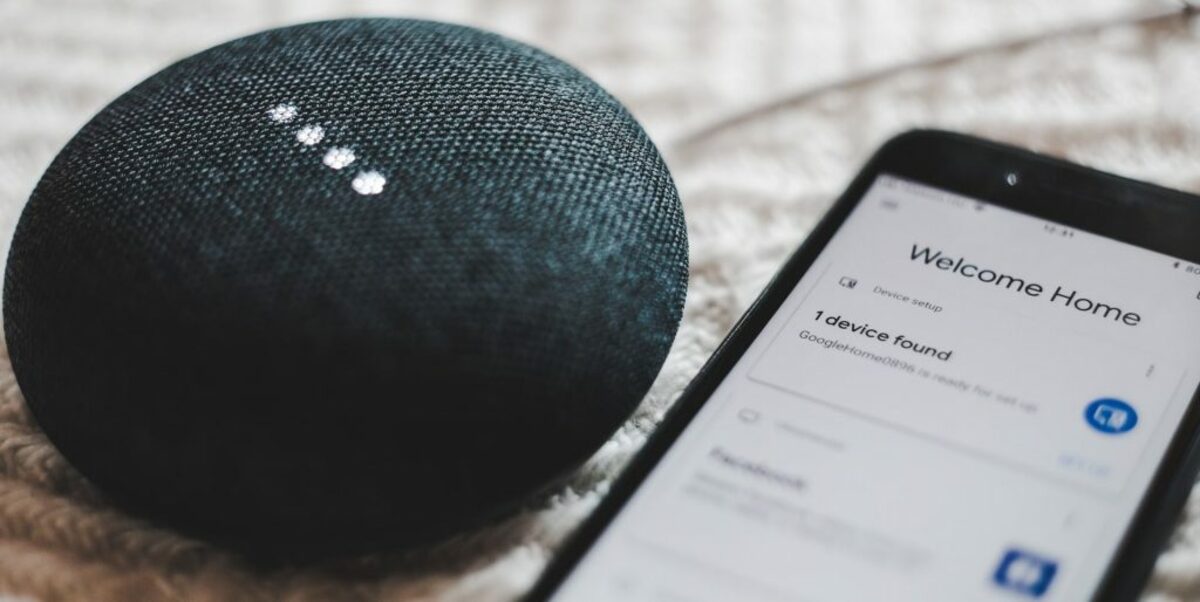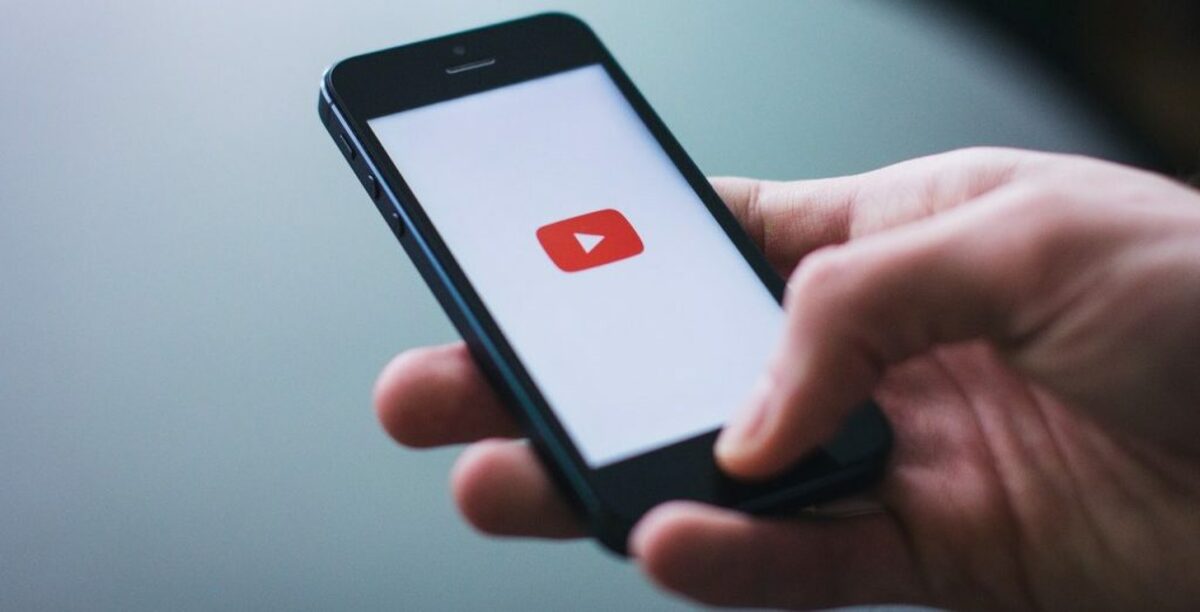With new technological advancements being made, it is difficult to put the finger on which of these will affect the eCommerce industry. Being a primarily digital-first industry, the risk of not adopting new trends is felt sooner, and the impact is much more significant.
But eCommerce experts have arrived at some type of consensus to predict which eCommerce trends you need to know and internalize. So, let’s explore some of the biggest trends for this year.
1. Increase in AR shopping

Augmented Reality has changed the eCommerce game. Traditional retail has always had this upper hand where the consumer can get a feel for the product, which is difficult to replicate online, but AR is slowly bridging the gap.
With Augmented Reality, consumers can view products in 360 degrees, place the full-size product in their house and even try on clothes with some cool filters. According to Business Wire, 61% of shoppers prefer sites that offer AR experiences.
Brands like IKEA, Puma, and Nike understand the need for this and offer AR experiences both in-store and through their apps.
2. Rise in advanced product customization
Customized products are not a new concept, but there is a rising trend in customers wanting to purchase tailor-made products on their digital marketplace. According to a Deloitte study, 1 in 5 customers is willing to spend 20% more on a personalized product created for them.
Some eCommerce brands have already taken note of this and work with third-party services to offer their customers custom designs. Printify, a print-on-demand network, allows customers the chance to design fully customizable backpacks.
Businesses like print on demand apparel play a huge role in the customization industry that allows buyers to create designs on their own for their apparel, Gelato can help you find interesting ideas about this.
Nike’s DTC channel also leveraged the concept of customization by offering customizable shoes that were sold for $170 a pair. Not to be left behind, Nutella also ran a similar successful campaign that allowed consumers to create their own personalized label.
3. Tailored holiday marketing campaigns

Roughly 89% of Americans spent money on gifts in 2019.
Forrester projected online retail sales to grow by 18.5% in 2020 during the holiday season, while in-store sales were predicted to tank.
The pandemic aside, there has been a growing shift to shopping online, especially during the holiday season because of how convenient it is and the exclusive discounts.
But it isn’t enough for eCommerce brands to just wait for the online traffic to come flooding into their website. It is vital to move away from some of the usual campaigns and start incorporating personalization into these holiday campaigns as well.
You could bundle offers based on past purchases, engage an influencer to shoot a viral video, or send holiday cheer to your customers through direct mail.
4. Rise in artificial intelligence for personalized shopping
We’ve already established that consumers are willing to pay more for personalized, but how can brands create these experiences at scale? The answer is artificial intelligence and machine learning.
Artificial intelligence amasses several data points to really understand consumer behavior and predict which products they are most likely to purchase. This cannot be easily replicated in-store unless you have a strategy similar to Amazon.
Amazon uses information gathered from the app and website to create personalized experiences for users in-store.
5. Growth in voice search

This is one of those trends that make it to such lists every year, but that is because a growing number of households now have a smart speaker and not enough websites that have optimized for long-tail keywords. By 2025, 75% of US households will have a smart speaker in their home (Loop Ventures).
The key takeaway for businesses is that you need to invest in SEO. But remember to optimize for the user, not the crawler.
6. Chatbots will become increasingly common
Millennials like invisible shopping. In-store, this means they don’t want to interact with sales staff and make a purchase swiftly. Online, this means they don’t have to deal with customer service.
Chatbots are an extension of AI and help shoppers find what they are looking for, offer recommendations, and offer up answers to frequently asked conversations.
This cuts down on the wait time or having to contact customer service over the phone.
7. Video marketing will become the norm

According to Idea Rocket, videos are inherently more shareable than text and images combined. Just how shareable, you ask? Videos get 1,200 more shares! If that’s not enough, our brains process visual information much faster, and videos can drive more traffic to your website.
If you are just starting with video marketing, remember you don’t have to spend big bucks on creating videos. Short 15 second videos on TikTok have proven that all you need is a smartphone and a great idea.
Final Verdict
Technology is ever-evolving, and so is consumer behavior. It is essential to plan for the future and create scalable processes that make it easy for you to pivot and adopt new technology without a hitch. And remember, just like physical retail – “Customer is king.”
